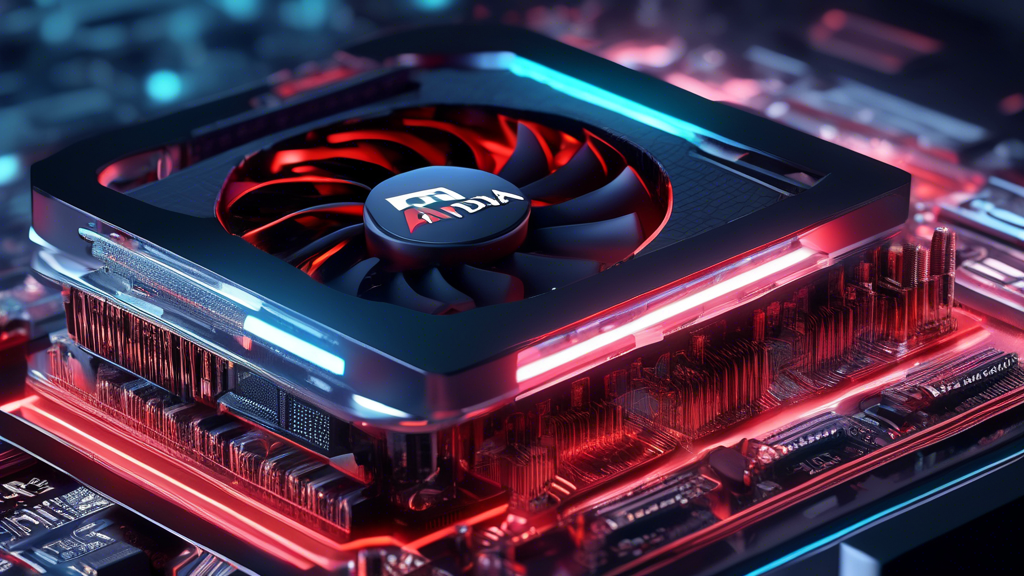As the GPU market continues to heat up, AMD has been staying competitive with its RDNA 3 architecture and the upcoming Radeon RX 7000-series graphics cards. These new GPUs aim to deliver significant performance improvements and innovative features that will appeal to both gamers and professional users. In this article, we will explore everything we know about AMD’s RDNA 3 and the Radeon RX 7000-series GPUs, including specs, performance expectations, and key features.
Architecture Overview
The RDNA 3 architecture is the next iteration of AMD’s Radeon DNA (RDNA) technology, following the successful RDNA and RDNA 2 architectures. RDNA 3 is designed to offer higher performance per watt, enhanced compute capabilities, and improved efficiency by leveraging advanced manufacturing technologies and architectural refinements. It builds on the successes of its predecessors while aiming to address any shortcomings and introduce new advancements.
Key Features and Improvements
Performance Boost
One of the primary goals of RDNA 3 is to provide a substantial leap in performance. Early leaks and official hints suggest that the Radeon RX 7000-series will offer significant gains in gaming performance over the RX 6000-series. This is attributed to improvements in the graphics pipeline, increases in core counts, and the use of new, faster memory technologies. Additionally, the RDNA 3 architecture aims to deliver superior ray tracing performance, addressing a crucial area where AMD has lagged behind its competitors.
Energy Efficiency
RDNA 3 is expected to further enhance energy efficiency, following a trend set by RDNA 2. Through architectural optimizations and the use of advanced 5nm and 6nm process nodes, AMD aims to deliver greater performance without proportionately increasing power consumption. This is critical for reducing the energy footprint of high-performance GPUs and for enabling more compact and thermally efficient designs.
Advanced AI and Compute Features
With RDNA 3, AMD is also focusing on accelerating AI and compute workloads. This includes enhancements to machine learning capabilities and support for more advanced AI-driven features. These improvements will benefit not only gaming but also professional applications like content creation, scientific computing, and other GPU-intensive tasks.
Radeon RX 7000-Series: Expected Models
The Radeon RX 7000-series is anticipated to include a range of models targeting different market segments, similar to the RX 6000-series. Some of the expected models include:
- Radeon RX 7900 XT: Expected to be the flagship, likely offering the highest performance and advanced features.
- Radeon RX 7800 XT: A step down from the flagship, aimed at high-end gamers who need top-tier performance at a slightly more accessible price point.
- Radeon RX 7700 XT: Positioned as a strong performer for mainstream gaming, balancing cost and capability.
- Radeon RX 7600 XT: Targeted at budget-conscious gamers, offering good performance for 1080p and 1440p gaming at an affordable price.
Release Date and Pricing
While AMD has not officially confirmed the exact release dates for the RDNA 3-based Radeon RX 7000-series GPUs, they are expected to launch in late 2023 or early 2024. Pricing details remain speculative, but AMD likely aims to be competitive with their primary rival, NVIDIA, offering a range of options to suit different budgets and performance needs.
Conclusion
AMD’s RDNA 3 architecture and the upcoming Radeon RX 7000-series GPUs promise to deliver significant advancements in performance, efficiency, and feature set. With increased core counts, better ray tracing capabilities, and improved AI and compute performance, these new GPUs are poised to make a substantial impact in both gaming and professional markets. As we await official announcements and benchmarks, the anticipation continues to build for what could be one of the most exciting GPU releases in recent years.
Logics Technology Online Shop
